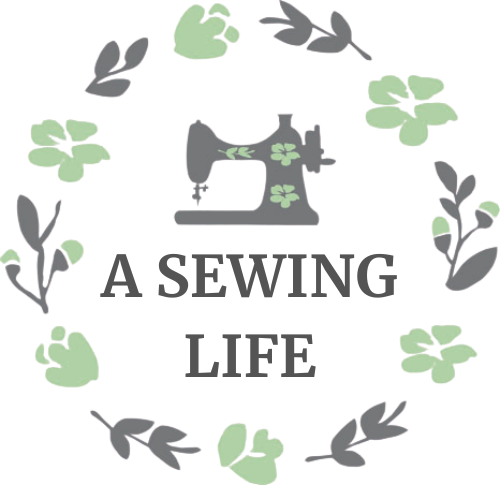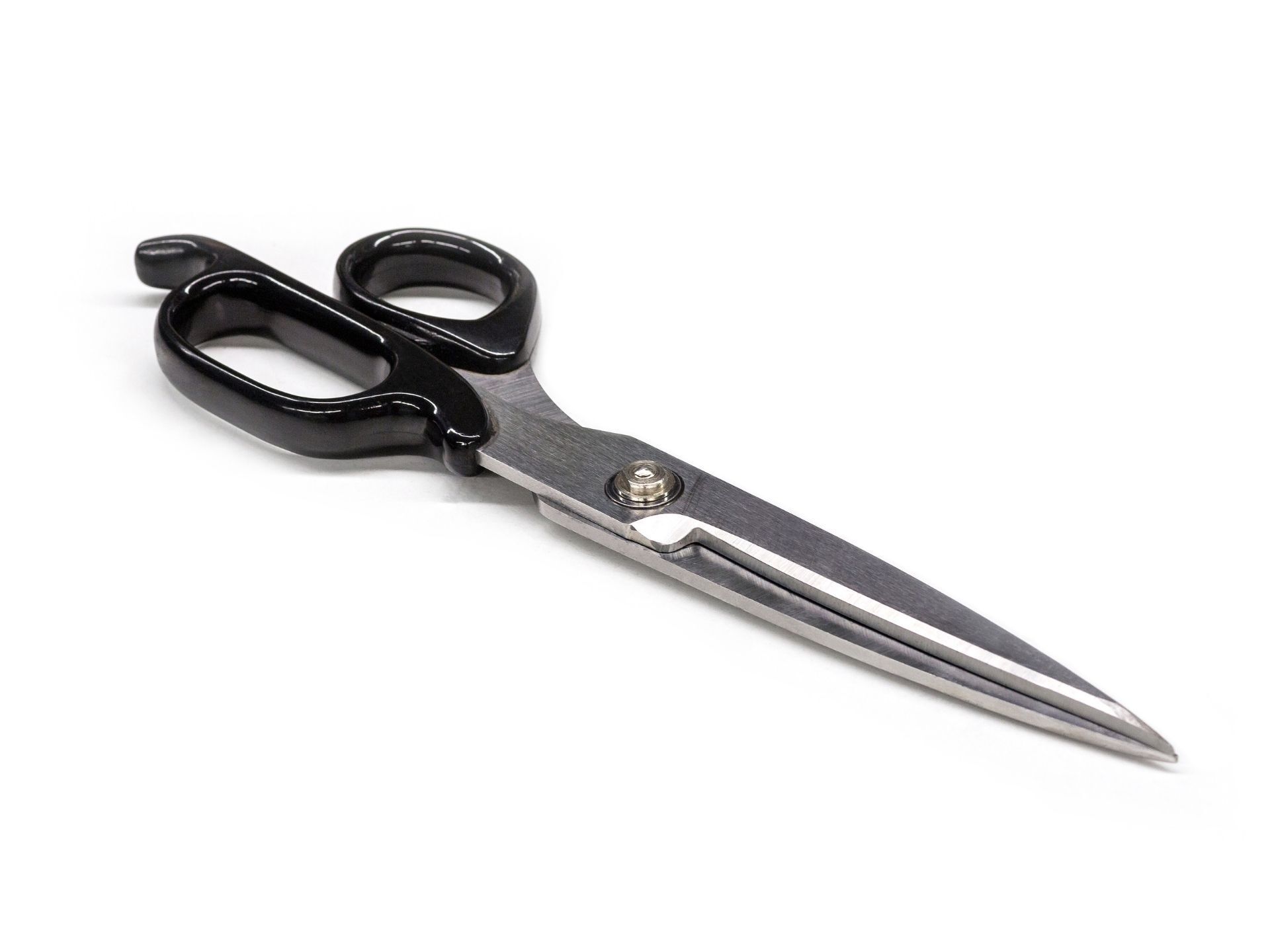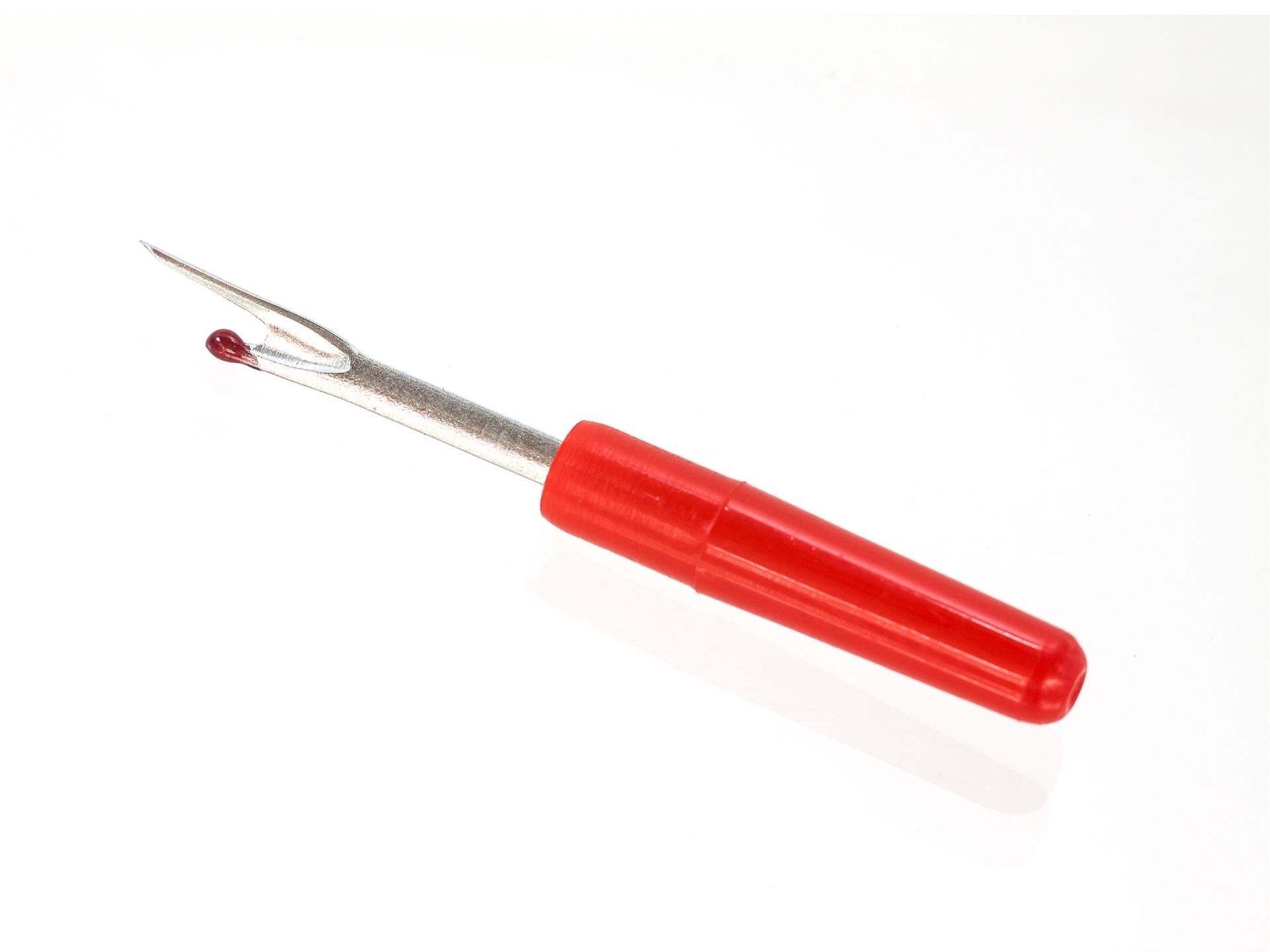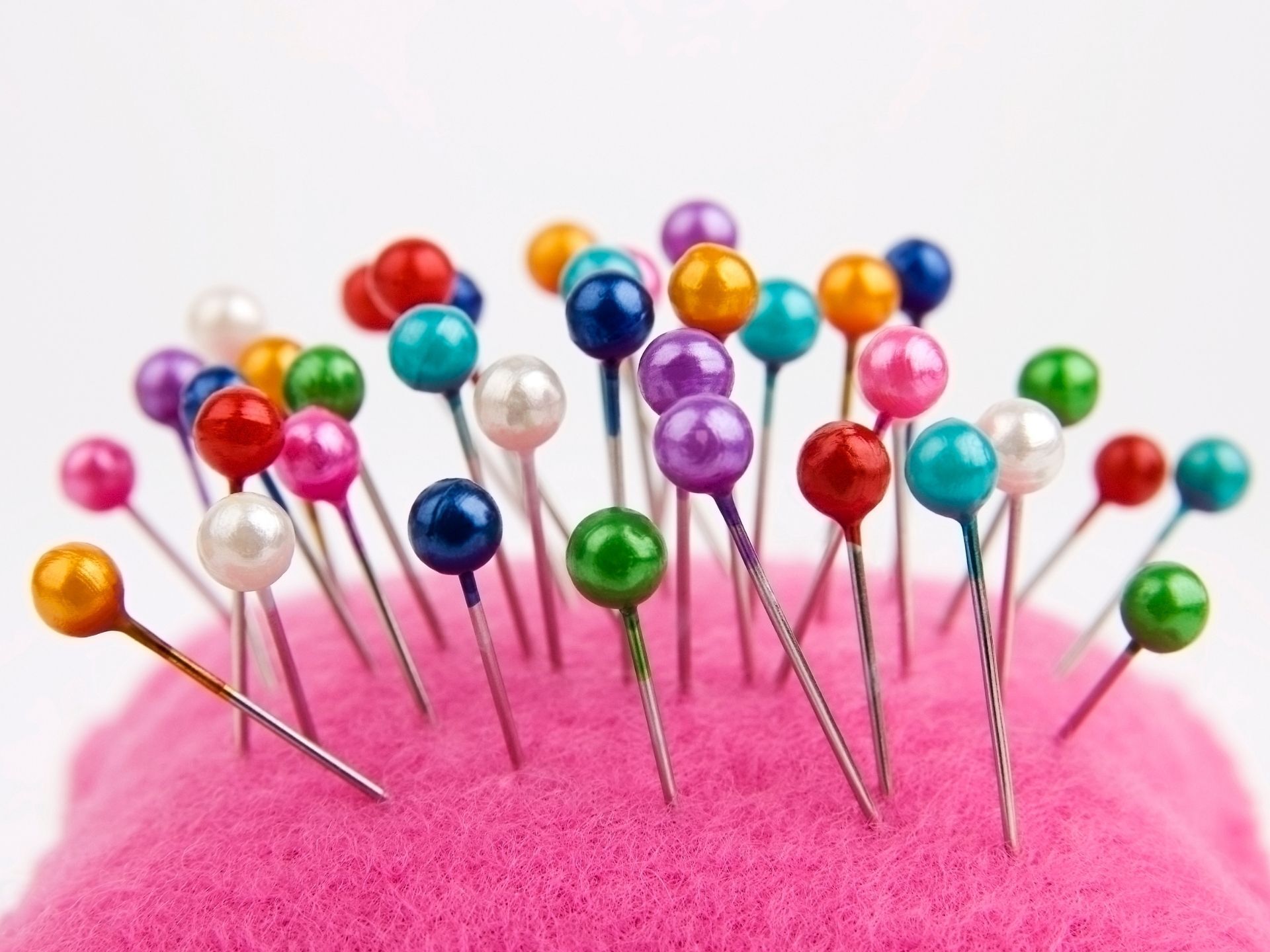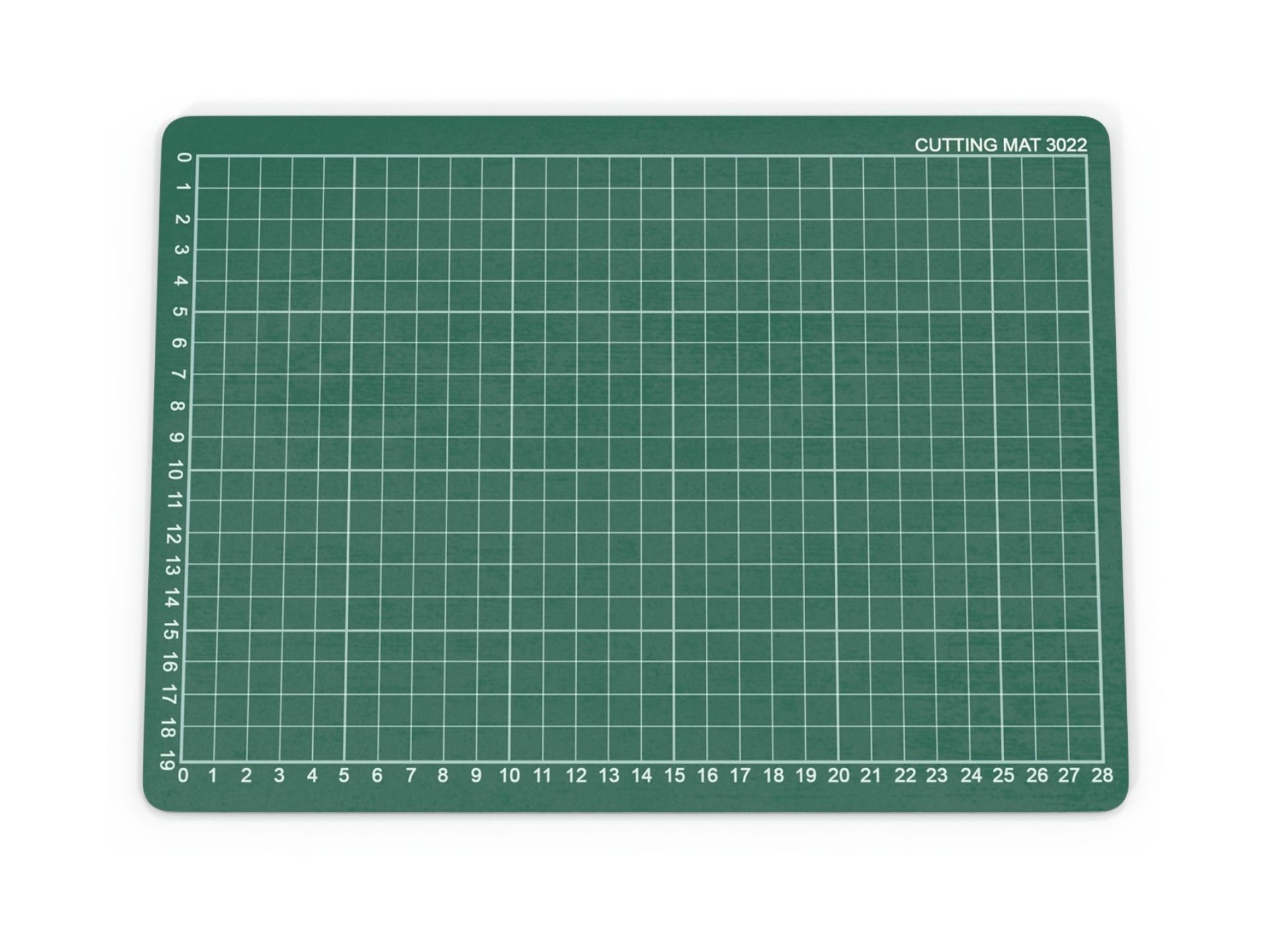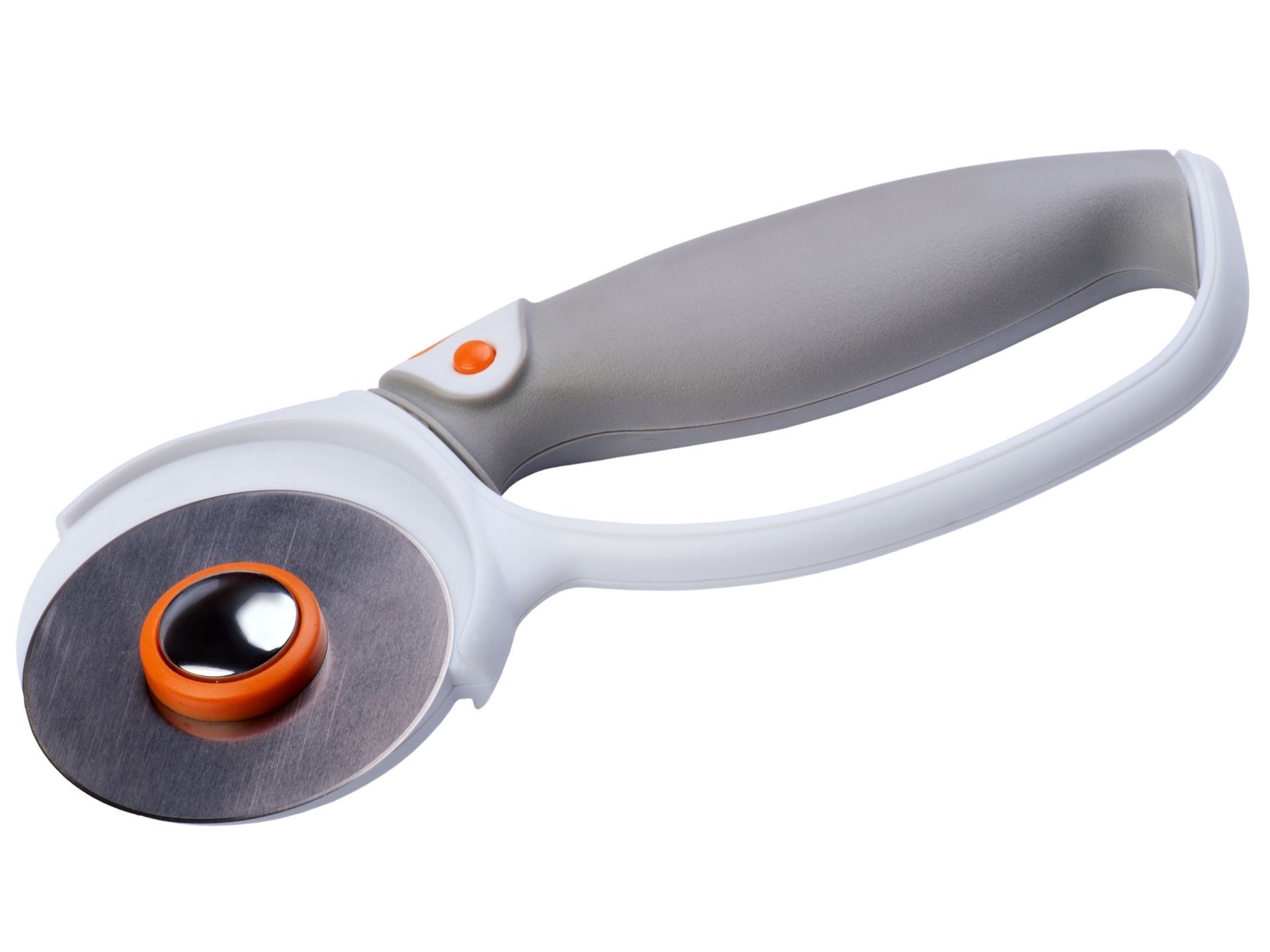Sewing Essentials for Beginners
Sewing is a hobby you can start with relatively few supplies and is quite inexpensive. The biggest expense will be a sewing machine and you can spend anything from £50 for a second hand one to £3-4,000 for a top of the range machine that will do everything for you except make you a cup of tea!
5 Essential Sewing Items
Below is a list of 6 essential items that you will need as a starter which will cost very little. 1 of them (paper scissors) you will probably already have. These sewing essentials for beginners are to allow you to start hand sewing rather than machine sewing for which you will need to purchase a sewing machine.
1.Needle
To begin with, you will just need a basic sewing needle to sew the sides of the stuffed toys. You may also need to use an embroidery needle. This needle has a slightly bigger eye which can accommodate the thicker embroidery thread that you may use to embroider things such as eyes and noses.
2.Thread
All purpose sewing thread is ideal to use for hand sewing. We use Gutermann Sew All thread which can be used for hand sewing and machine sewing. This is the thread which is in all of the sewing kits. Whenever something needs to be embroidered, such as an eye or a nose, it is better to use an embroidery thread which is much thicker than normal sewing thread. It generally has 6 individual threads twisted together and they can be left as they are or separated out so that there are only 3 threads. It is personal preference which you do.
3.Pins
Glass headed pins are ideal to use for any sewing project. Smaller lace pins do not have a glass head and can sometimes be easier to use when using small pieces of fabric. However, if you are using felt, it does not tend to move around very much and sticks where you put it so you may be fine not using any pins at all if you are comfortable with that.
4. Scissors
You can cut your paper pattern pieces out with any household scissors but you will need a pair of sewing scissors to cut out fabric. A large pair for cutting fabric and a smaller pair for cutting thread is ideal. These 2 pairs can see you through any sewing project. DO NOT use your sewing scissors to cut out paper and don't let your family use them for general use; they will get ruined. Guard them with your life :)
5. Ruler or tape measure
You will probably already have a ruler somewhere in your house but it's a good idea to use a measuring tape. It will be more flexible and allow you to measure around curved edges.
Next-Step Sewing Essentials for Beginners
The following tools and equipment are useful but not essential as a total beginner.
Marking Pen
There are different kinds of special marker pens that you can use in sewing. Some of them use ink that will disappear after a period of time. Some have ink that can be simple brushed off or wiped off with water. There are some pencils which are chalk pencils which can be brushed off. The alternative is to use a normal pen/pencil but be aware that these are permanent and once used on fabric, will not come off.
Seam Ripper
A seam ripper is a small sewing tool that has a blade on the end of it that is used to remove stitches and seams. It is very sharp and can remove a large amount of stitches at one time. It will often be used for undoing any seams that have been sewn incorrectly. However, a word of caution, it is easy to get carried away with how quickly and easily it can cut long rows of stitches abut if you’re not careful you can cut a hole in the fabric by accident.
Pin Cushion
There are lots of really cute pin cushions available to keep your pins in whilst you are sewing. You could even make one of your own. Some people like to use a pin cushion that is attached to a band on their wrist which can be more convenient.
Cutting Mat
Many crafters like to use cutting mats which are large, flat, self-healing mats with measurements on. The measurements allow you to line up your fabric and cut straight pieces out by following the markings. Self-healing means that when the mat is cut into by a rotary blade, the cut seals itself up. They need to be stored flat, not standing up otherwise they will warp and twist. If this happens, soak them in a bath of warm water until they are flexible enough to re-mold them to shape. Leave them in a flat position now and they should re-shape back to be flat.
Rotary Cutter
A rotary cutter is a tool that has a handle that has a round blade inside the end of it. They are very sharp and need to be handled sensible. Some people shy away from them because of the fear of the sharp blade but they allow the fabric to lay totally flat on the mat and the rotary blade cuts out very accurately and very fast. It’s a good idea to change the blade as they start to become blunt so as not to ruin the cutting mat.
